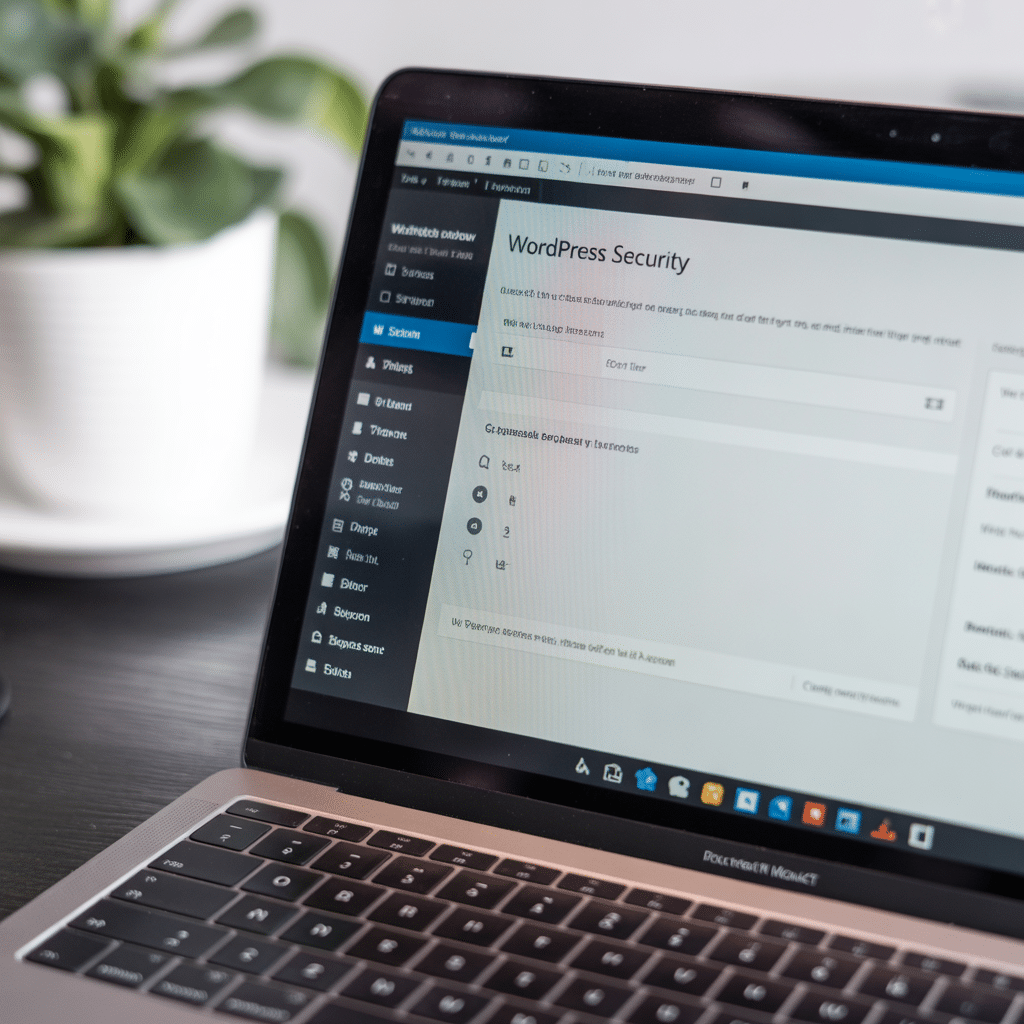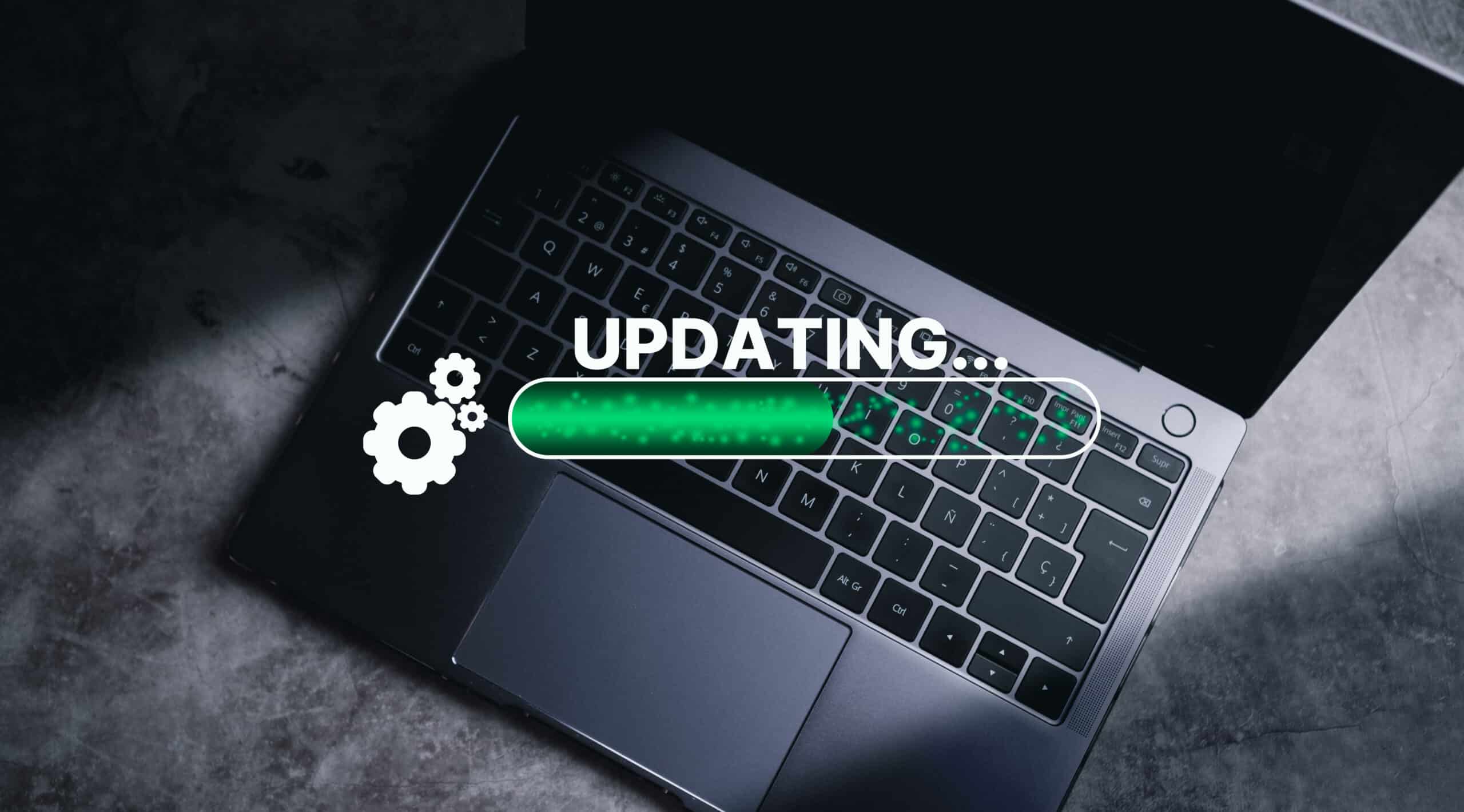WordPress powers over 43% of all websites on the internet, making it a prime target for malicious actors. According to a 2024 report from Patchstack, Cross-Site Scripting (XSS) alone accounted for over 53% of all new security vulnerabilities found in the WordPress ecosystem. For site owners, these aren’t just numbers; they represent real threats to data, reputation, and business continuity.
This guide provides 10 essential, actionable security tips that every WordPress site owner should implement to protect their digital assets from common threats.
Quick Answer: Top 3 WordPress Security Tips
The three most critical security measures for any WordPress site are: using strong, unique passwords with Two-Factor Authentication (2FA), consistently updating the WordPress core, plugins, and themes, and implementing a Web Application Firewall (WAF) through a reputable security plugin.
1. Enforce Strong Login Security
Weak or stolen login credentials are one of the most common entry points for attackers. Brute-force attacks, where bots guess thousands of password combinations, are a constant threat.
- Use Strong Passwords: Create complex passwords for all user accounts, especially administrators. A strong password should be at least 12 characters long and include a mix of uppercase and lowercase letters, numbers, and symbols.
- Implement Two-Factor Authentication (2FA): 2FA adds a critical layer of security by requiring a second form of verification, usually a code from a mobile app, in addition to your password. This makes it significantly harder for unauthorized users to gain access even if they steal your password.
- Limit Login Attempts: Use a security plugin to limit the number of failed login attempts from a single IP address. This effectively shuts down automated brute-force attacks.
2. Keep Everything Updated
Outdated software is a leading cause of security breaches. The official WordPress developer handbook emphasizes that keeping WordPress core, plugins, and themes updated is the most important thing you can do for security. Developers regularly release updates to patch security vulnerabilities, and failing to apply them leaves your site exposed.
| Software Component | Why Updates Are Critical |
|---|---|
| WordPress Core | Patches core vulnerabilities discovered by the security team. |
| Plugins | Fixes security holes in third-party code, a major source of breaches.2 |
| Themes | Secures theme-specific functionalities and prevents exploits. |
Services like WP Enchant can manage this process, ensuring your site is always running the latest, most secure versions of all its components.
3. Use a Web Application Firewall (WAF)
A Web Application Firewall (WAF) acts as a protective shield between your website and incoming traffic. It filters out malicious requests, blocks common attack patterns like SQL injection and Cross-Site Scripting (XSS), and can prevent bots from reaching your site. According to Sucuri, a WAF is one of the most effective ways to protect your site from a wide range of threats. Many reputable security plugins include a WAF.
4. Choose Secure WordPress Hosting
The security of your website starts with your hosting provider. A high-quality host provides a secure foundation with server-level protections. Kinsta, a leading managed WordPress host, highlights the importance of features like hardware firewalls, malware scanning, and DDoS detection as part of a secure hosting environment. When selecting a host, look for:
- Proactive server-side security monitoring.
- Free and easily installable SSL certificates.
- Regular malware scans.
- Support for the latest PHP versions.

5. Implement SSL/HTTPS
An SSL (Secure Sockets Layer) certificate encrypts the data transferred between your website and your visitors’ browsers. This is essential for protecting sensitive information like login credentials, contact details, and payment information. When SSL is active, your site’s URL will use https:// instead of http://. Cloudflare notes that HTTPS not only secures data but also builds trust with users and is a positive ranking factor for SEO.
6. Create Regular Backups
Even with the best security measures, things can go wrong. Regular, automated backups are your safety net. If your site is compromised, you can restore a clean version quickly, minimizing downtime and data loss. Store your backups in a secure, off-site location like Google Drive, Dropbox, or a dedicated backup service.
7. Harden Your wp-config.php File
The wp-config.php file is one of the most critical files in your WordPress installation. It contains your database connection details and other sensitive information. You can “harden” it by:
- Moving it: WordPress allows you to move the
wp-config.phpfile one level above your WordPress root directory, making it inaccessible from a web browser. - Setting Permissions: Set the file permissions to 400 or 440 to make it unreadable by other users on the server.
- Disabling the File Editor: Add the following line of code to your
wp-config.phpfile to prevent administrators from editing theme and plugin files from the dashboard, which can be a security risk if an admin account is compromised.define('DISALLOW_FILE_EDIT', true);

8. Use a Quality Security Plugin
A comprehensive WordPress security plugin can automate many of the tasks on this list. These plugins offer a suite of tools in one package, including:
- Malware scanning and removal.
- File integrity monitoring.
- Brute-force attack protection.
- Security activity auditing.
- Post-hack security actions.
Popular and trusted options provide a centralized dashboard for managing your site’s security posture.
9. Change the Default “admin” Username
In older WordPress installations, the default administrator username was “admin.” This makes it easier for attackers because they already have half of the login credentials. If your administrator account still uses “admin,” create a new administrator user with a unique username and delete the old one.
10. Disable XML-RPC
XML-RPC is a protocol that allows remote connections to WordPress. While it was useful in the past, it is now largely outdated and presents a significant security risk. It can be exploited for DDoS attacks or to bypass login security measures. Unless you have a specific need for it, it’s best to disable it using a plugin or by adding code to your .htaccess file.
By implementing these 10 tips, you can significantly improve your WordPress site’s security. For businesses that need expert management, WP Enchant offers services to handle these technical details, ensuring your site remains fast, secure, and reliable.
Conclusion
Securing your WordPress website is not a one-time task but an ongoing process. By taking proactive steps like enforcing strong login policies, keeping your site updated, and using layers of protection like a WAF and secure hosting, you can build a formidable defense against common threats. While these steps require diligence, the peace of mind they provide is invaluable.
If you prefer to focus on your business, let the experts at WP Enchant manage your website’s security and performance. Explore our services at wpenchant.com.
FAQs
1: What is the most common security threat to WordPress sites?
According to 2024 data from security researchers, vulnerabilities in plugins and themes are the most common threat, with Cross-Site Scripting (XSS) being the most frequently exploited vulnerability type.
2: Can I secure my WordPress site for free?
Yes, many essential security measures can be implemented for free. This includes using strong passwords, keeping your software updated, using a free security plugin, and enabling 2FA. However, premium services like a high-quality WP Enchant or managed hosting often provide more robust protection.
3: How often should I back up my WordPress site?
The frequency of backups should depend on how often your site’s content changes. For a dynamic site like an e-commerce store or a busy blog, daily backups are recommended. For a static brochure site, weekly backups may be sufficient.
4: Is WordPress insecure by default?
No, the core WordPress software is very secure and is maintained by a global team of security experts. Most security issues arise from user-managed elements, such as outdated plugins, weak passwords, or poor server configurations.
References
1: AIOSEO, “60+ WordPress Statistics You Should Know in 2025,” 2024. https://aioseo.com/wordpress-statistics/
2: Patchstack, “State of WordPress Security In 2024,” 2024. Key finding: “Cross-Site Scripting (XSS) accounted for 53.3% of all new security vulnerabilities found in the WordPress ecosystem.” https://patchstack.com/whitepaper/state-of-wordpress-security-in-2024/
3: Kinsta, “The Importance of WordPress Two-Factor Authentication,” 2023. https://kinsta.com/blog/wordpress-two-factor-authentication/
4: WordPress.org, “Security – Advanced Administration Handbook,” 2024. https://developer.wordpress.org/advanced-administration/security/
6: Kinsta, “Secure WordPress Hosting,” 2024. https://kinsta.com/wordpress-hosting/security/
7: Cloudflare, “Why use HTTPS?,” 2024. https://www.cloudflare.com/learning/ssl/why-use-https/
8: WordPress.org, “Hardening WordPress,” 2024. https://developer.wordpress.org/advanced-administration/security/hardening/








